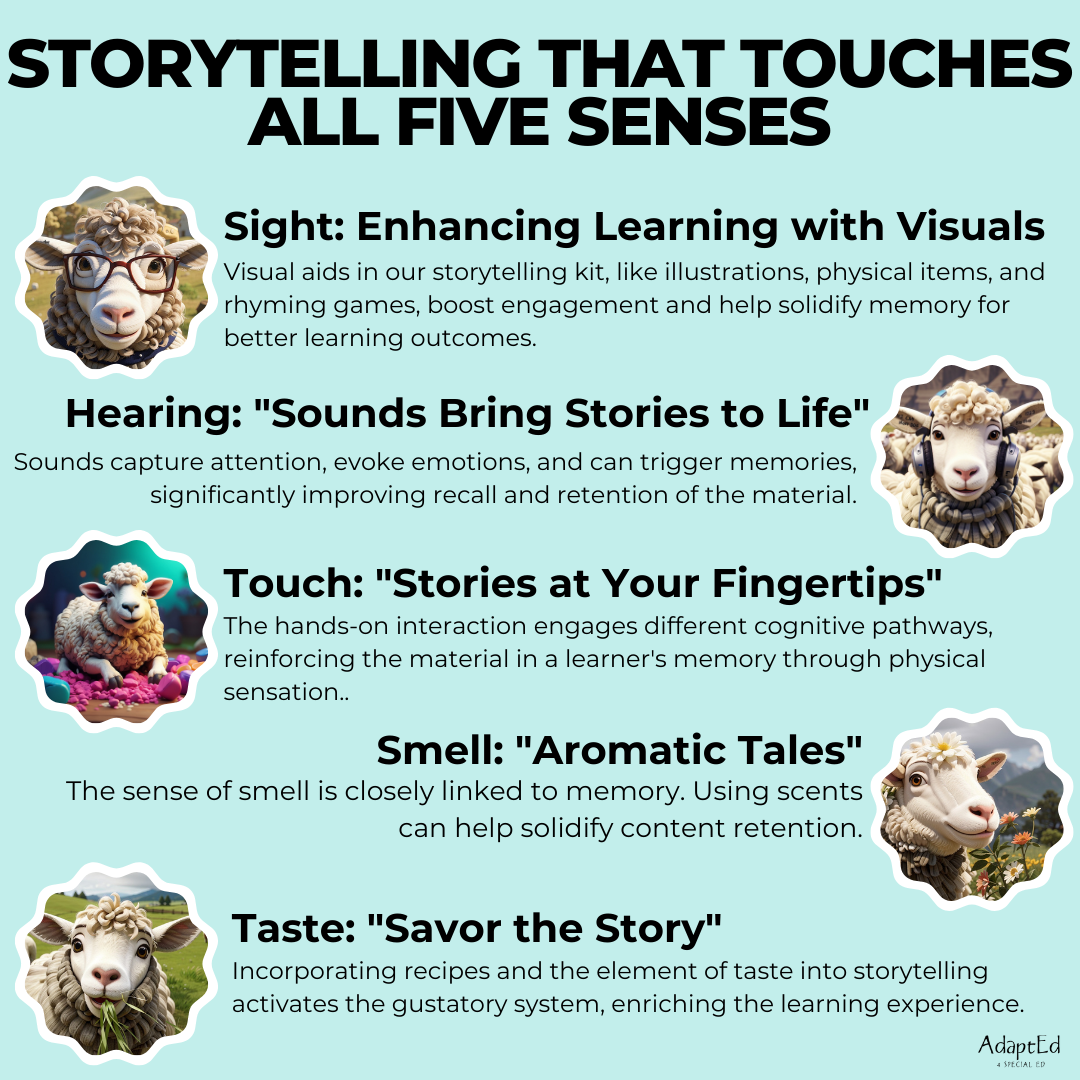Education is not one-size-fits-all. Learning is a personal journey, and the VARK Model recognizes this by classifying students into four distinct learning styles: Visual, Auditory, Reading/Writing, and Kinesthetic. By understanding and applying these modalities, educators can create more effective and inclusive teaching strategies that cater to the diverse needs of their students.
Understanding the VARK Learning Styles
Visual Learners
Visual learners process information best when it's presented in a graphic depiction, such as maps, charts, diagrams, symbols, and other visual formats. This doesn't mean they prefer pictures or videos exclusively; rather, they benefit from the spatial arrangements and visual relationships that help them understand and remember information.
Auditory Learners
Auditory learners thrive when they receive information through sound and music. They excel in traditional lecture-based environments, benefiting from discussions, listening to explanations, and oral presentations. For these learners, hearing the information allows them to retain and comprehend it more effectively.
Reading/Writing Learners
Those who prefer reading and writing are drawn to information displayed as words. Traditional reading materials, lists, notes, and handouts are their go-to methods for learning. They are at ease with making and using lists, translating abstract concepts into words, and reading content to absorb information.
Kinesthetic Learners
Kinesthetic learners are hands-on and learn through experience. They prefer to engage physically with the material, whether through experiments, demonstrations, or simulations. These learners benefit from movement, making, and touch, which help them grasp and remember the learning material.
Applying the VARK Model in Educational Strategies
The VARK Model isn't about limiting students to one style; rather, it encourages the use of multiple sensory modalities to reinforce learning. Here’s how educators can apply the VARK model to enhance teaching effectiveness:
-
Combine Visuals with Verbal Instructions: When explaining complex topics, combine charts or diagrams with verbal instructions. This not only caters to visual and auditory learners but also reinforces the material for reading/writing learners.
-
Encourage Note-Taking and Discussions: Allow students to take notes in their own words and facilitate classroom discussions. This helps reading/writing learners engage with the material and provides an opportunity for auditory learners to process the content through listening and speaking.
-
Utilize Hands-On Activities: Incorporate labs, crafts, or field trips that enable kinesthetic learners to touch and interact with the subject matter. This approach also brings a dynamic element to the classroom that can benefit all types of learners.
-
Offer Diverse Assessment Methods: Rather than relying solely on traditional tests, include projects, presentations, and interactive assignments. This ensures that all learning styles are given the opportunity to shine.
-
Provide Material in Various Formats: Offer resources such as textbooks, audio recordings, infographics, and interactive online tools to support the different VARK learning preferences.
Benefits of Acknowledging VARK Learning Styles
- Enhanced Student Engagement: By appealing to their preferred learning styles, students are more likely to engage with the material and participate actively in the learning process.
- Improved Information Retention: Students remember information better when it's presented in a way that aligns with their learning preferences.
- Personalized Learning Experiences: Recognizing individual learning styles allows educators to tailor their instruction to meet the specific needs of each student.
- Fostered Confidence: When students find success through their preferred learning methods, their confidence and motivation in the classroom grow.
Embracing Diversity in Learning Preferences
The VARK Model promotes the idea that learning preferences vary from person to person. It honors the diversity of learners and provides a framework for developing multi-faceted educational practices. When teachers design their curriculum with the VARK Model in mind, they unlock potential across the student spectrum, creating an environment where everyone can discover and pursue their path to knowledge.
In conclusion, the VARK Model is more than just an educational tool; it’s a mindset that respects the individuality of each learner. By employing strategies that address visual, auditory, reading/writing, and kinesthetic preferences, educators pave the way for a richer, more effective educational experience that acknowledges and nurtures the unique ways in which students interact with the world around them.



